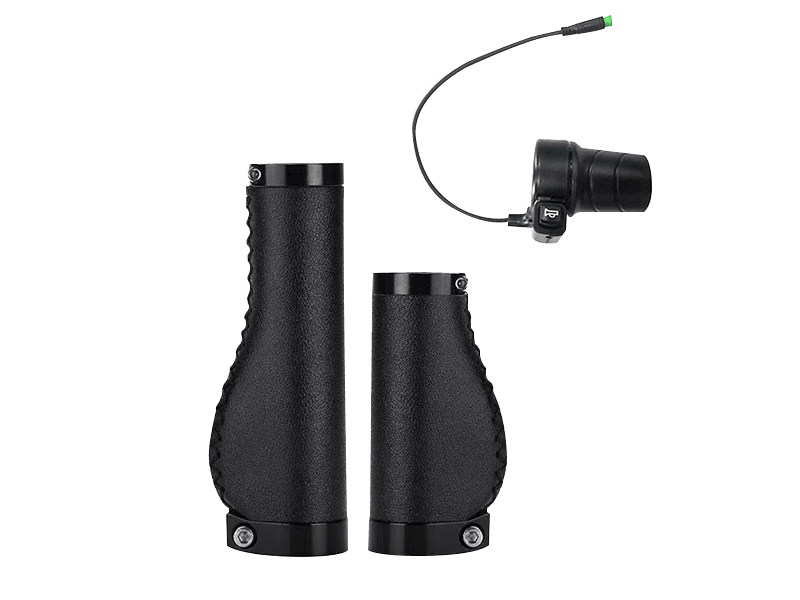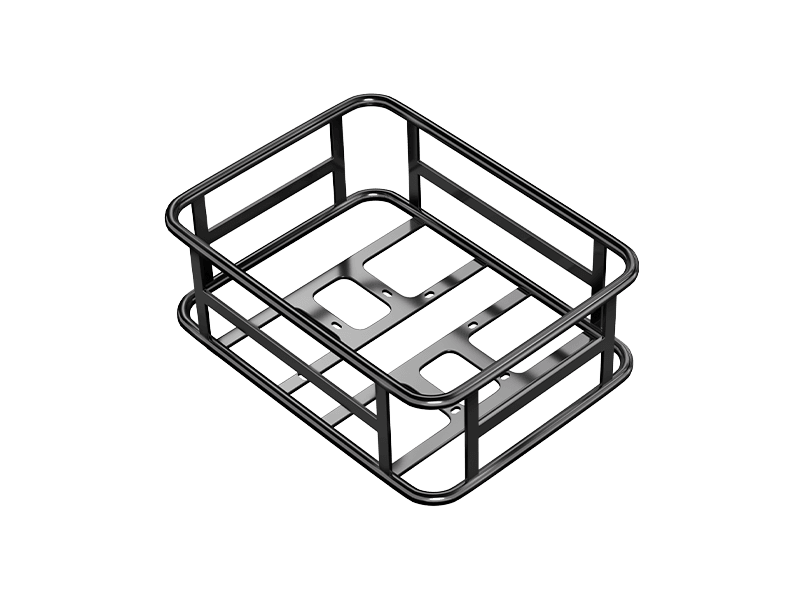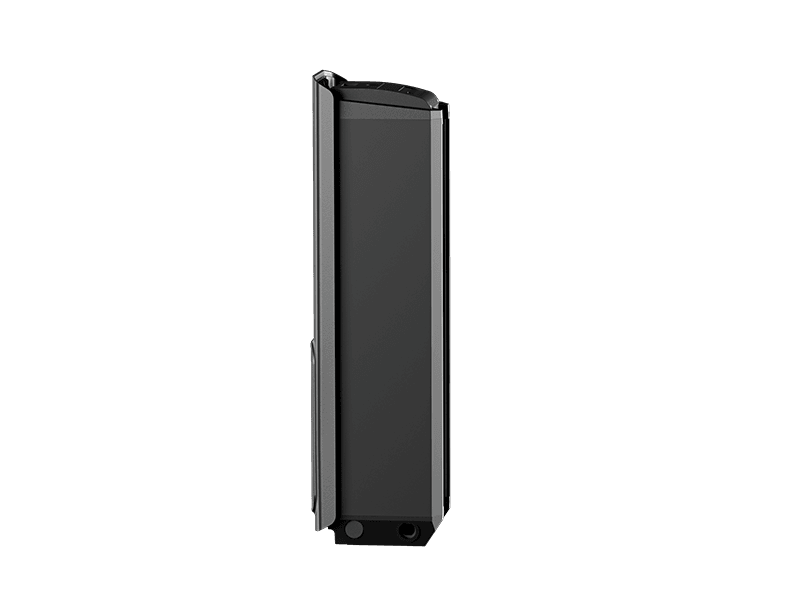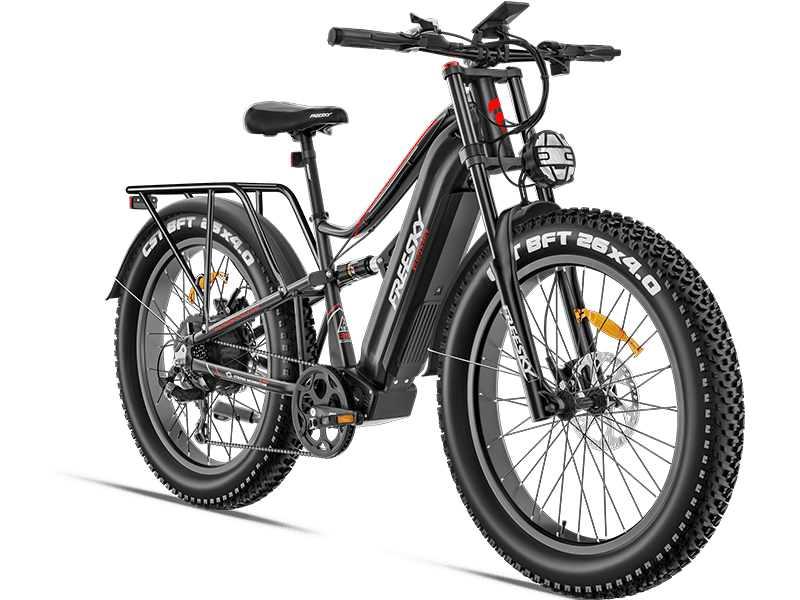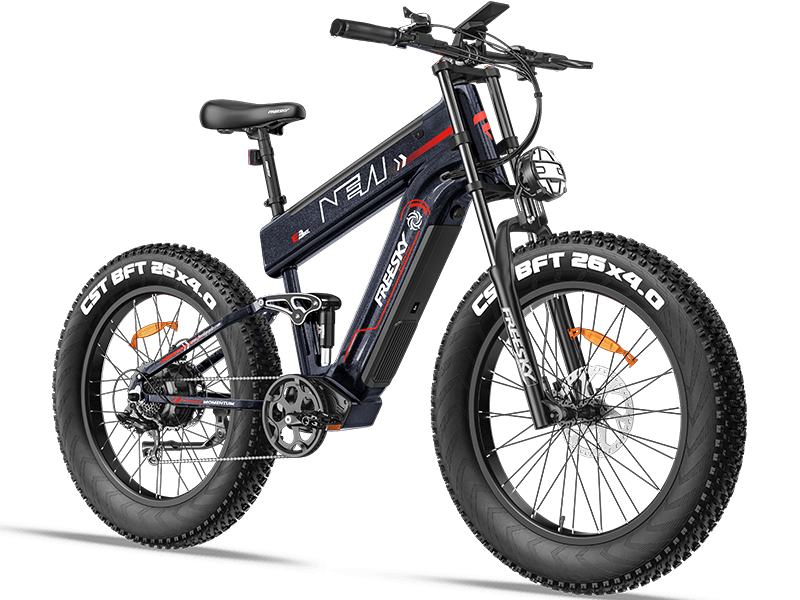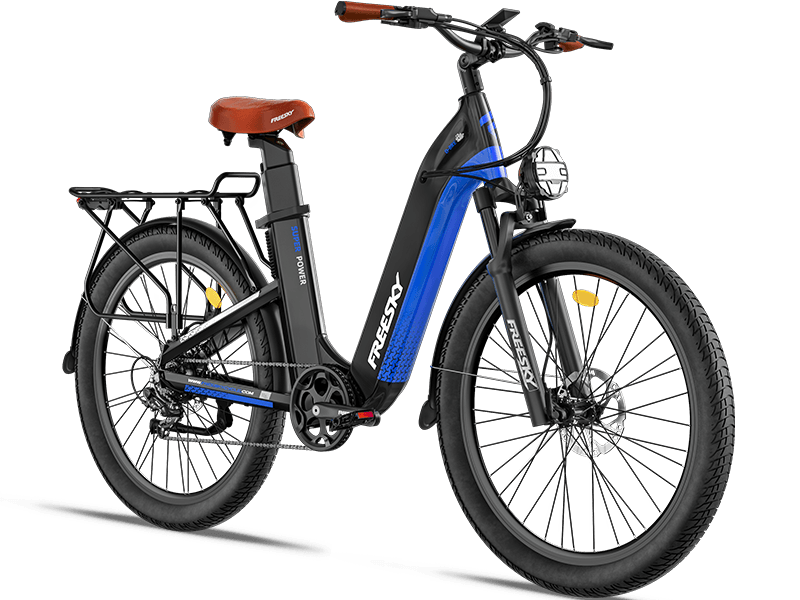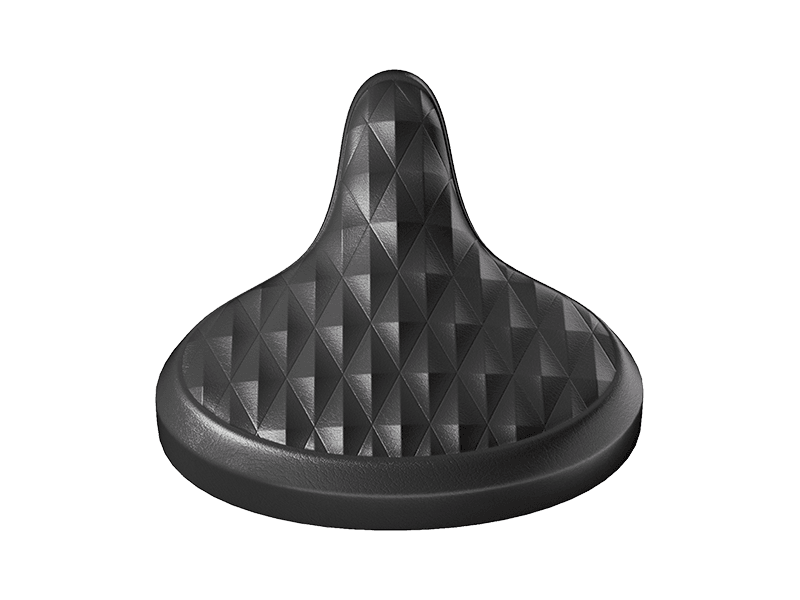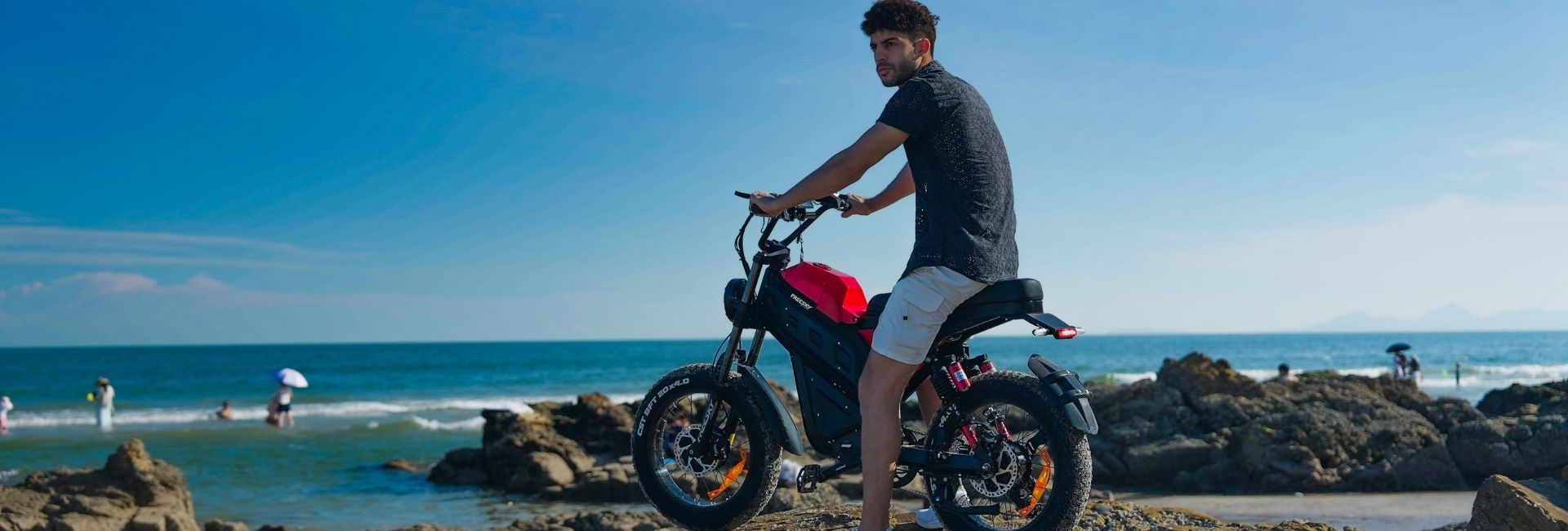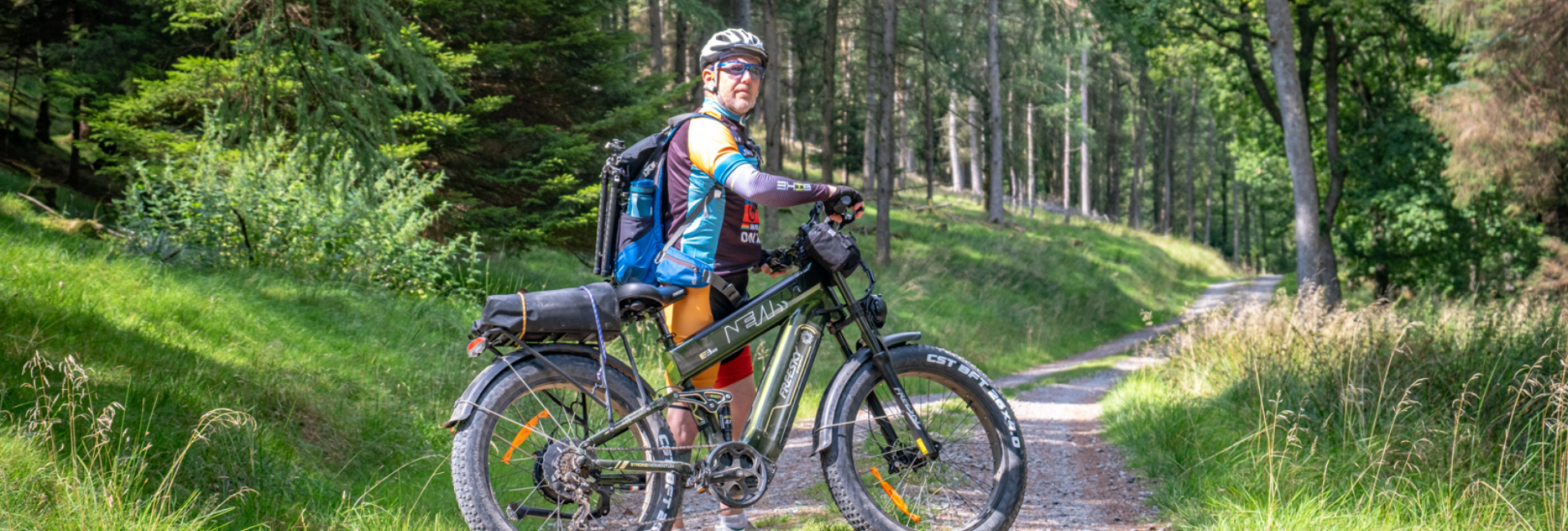How to Make Electric Bikes Go Faster? 6 Proven Methods You Should Know
Sep 29, 2025
Electric bikes have revolutionized modern commuting and outdoor adventure. As an eco-friendly, zero-emission alternative to fuel vehicles, they offer an efficient and enjoyable riding experience. However, many riders wonder—can you make your e-bike go faster? The good news is yes, you can. With the right adjustments and understanding of your bike’s mechanics, your electric bike can perform better than you might expect. Let’s explore how to safely and effectively increase your e-bike’s speed.
A Few Words of Caution
Electric bikes are powered by motors, which means speed is primarily determined by motor output and system settings. Most e-bikes also include built-in speed limiters that comply with local regulations. Before attempting to modify your e-bike’s speed, it’s essential to understand the laws in your region. Disabling or changing the speed limit without considering local rules may result in penalties or voided warranties. Always prioritize safety and legality.
6 Methods to Make Your Electric Bike Go Faster
Here are six effective methods that can help increase your e-bike’s speed and performance, especially if you’re riding a FREESKY fat tire electric mountain bike.
1. Adjust Your Speed Settings
Most modern e-bikes, including FREESKY models, come with programmable displays that allow riders to set maximum speed limits. By accessing your bike’s control panel, you can modify the settings to unleash higher speed potential while staying within safe boundaries.
For instance, FREESKY’s Warrior Pro M-530 and Alaska Pro M-520 models are capable of reaching speeds up to 40+ MPH with proper tuning. This flexibility allows riders to match performance to terrain—whether it’s off-road trails or flat urban streets.
2. Upgrade to a Higher-Voltage Battery
The battery is the heart of your e-bike’s power system, directly influencing speed and torque. Higher voltage batteries can push more current to the motor, resulting in faster acceleration and stronger hill-climbing ability.
Take FREESKY’s 48V 30Ah and 48V 41Ah Samsung battery systems as examples—both are engineered to deliver superior output without compromising range. The result? Enhanced power efficiency, longer ride times, and a noticeable boost in top-end speed compared to standard 36V systems.
3. Choose a More Powerful Motor
If speed is your top priority, upgrading to a more powerful motor can make a remarkable difference. FREESKY’s high-performance electric mountain bikes are equipped with Bafang or dual-drive motors offering torque up to 240Nm—comparable to the pulling power of a small motorcycle.
For example, the Warrior Pro M-530 and Cheetah MT-380 feature dual 2000W peak motors that provide instant acceleration, excellent climbing performance, and effortless cruising even on steep terrain. This high-torque setup enables FREESKY riders to achieve stronger take-off power and maintain higher average speeds under heavy load conditions.
4. Reduce the Total Weight
Weight has a direct impact on speed. The lighter your e-bike and cargo are, the easier it is for the motor to deliver power efficiently. You can optimize performance by minimizing accessories or upgrading to lighter components, such as aluminum pedals, carbon handlebars, or lightweight tires. FREESKY’s full suspension frames already use durable yet lightweight alloy materials, helping reduce unnecessary drag and improve speed without sacrificing stability.
5. Optimize Your Tires
Your tire type influences rolling resistance and traction. FREESKY’s fat tire electric bikes are designed for superior grip on all terrains, but if your primary goal is speed on paved roads, consider switching to a smoother tire with lower resistance. Slightly increasing tire pressure can also improve rolling efficiency—just make sure it remains within safe limits specified by the manufacturer.
6. Improve Your Riding Posture
If you prefer not to modify your bike’s hardware, an easy yet effective solution is adjusting your riding posture. Riding with a straight back increases air resistance, slowing you down. Try lowering your torso slightly into a more aerodynamic position to reduce drag and maintain higher speeds, especially when cruising on open roads.
Why FREESKY Bikes Are Naturally Faster
Unlike standard e-bikes, FREESKY’s models are engineered with performance in mind. The combination of high-torque motors, intelligent pedal-assist systems, and efficient controller tuning makes FREESKY electric mountain bikes some of the fastest in their class. With dual motor options reaching up to 45 MPH, FREESKY offers a riding experience that’s powerful, smooth, and stable—no aftermarket upgrades required.
Final Thoughts
Enhancing your e-bike’s speed involves more than just raw power—it’s about efficiency, balance, and smart engineering. FREESKY’s lineup, including the Cheetah MT-380 and Warrior Pro M-530, embodies this philosophy by integrating advanced motor control, large-capacity batteries, and aerodynamic designs for optimal performance.
While it’s exciting to explore higher speeds, always remember: safety comes first. Equip yourself with proper riding gear, stay within legal speed limits, and ensure your e-bike is well maintained before each ride.
Read More
How Much Are Full Suspension Fat Tire Electric Mountain Bikes?
Sep 26, 2025
How Much Are Electric Mountain Bikes?
The price of electric mountain bikes (e-MTBs) can vary widely depending on factors such as brand, specifications, features, and overall build quality. To help riders make informed decisions, here’s an updated overview of the price ranges and key factors influencing electric mountain bike costs in 2025.
Price Ranges of Electric Mountain Bikes
Electric mountain bikes are available across different price categories, from budget-friendly models to high-performance machines. Based on FREESKY’s current lineup, here’s a realistic breakdown:
Entry-Level Models ($1,200–$1,500)These models offer a balanced introduction to the e-MTB world, combining dependable performance with affordability. Examples include the Eurostar Ultra M-410 ($1,299) and the Rocky Pro A-320 (now $1,299, was $1,499). They’re ideal for new riders or those seeking reliable everyday off-road capability without a high price tag.
Mid-Range Models ($1,500–$2,000)Mid-tier electric mountain bikes strike a great balance between power, range, and price. Riders can expect better battery capacity, upgraded suspension, and improved hill-climbing performance. Examples include the Swift Horse Pro X-6E (now $1,599, was $2,449), Wild Cat Pro A-340 ($1,499), Alaska Pro M-520 (now $1,849, was $2,649), and Warrior Pro M-530 (now $1,849, was $2,699).
High-End Models ($2,000 and above)At the premium level, electric mountain bikes are designed for serious adventurers and off-road enthusiasts who prioritize torque, range, and advanced components. The Cheetah MT-380 (now $2,199, was $3,199) represents the top-tier class, combining dual motors, long-range batteries, and enhanced suspension for demanding terrains.
Factors Affecting the Price of Electric Mountain Bikes
So, what influences the price of electric mountain bikes? Below are several key factors that explain the cost differences among models:
1. Battery Power
The heart of an electric mountain bike is its battery. High-capacity batteries with extended range capabilities cost more due to their advanced cell composition and safety design. Riders who plan longer rides or frequent uphill terrain should consider investing in a larger-capacity battery.
2. Motor Performance
The type and power of the motor have a significant impact on price. Dual-motor systems like those found on premium models (e.g., Cheetah MT-380 or Warrior Pro) deliver more torque for climbing and acceleration, but also increase the overall cost compared to single-motor setups.
3. Frame Material
The choice of frame material directly affects the durability, weight, and feel of an e-MTB. Aluminum frames are the most common for mid-range bikes, offering an excellent balance of strength and value. High-end models may feature lighter or reinforced alloy structures for enhanced performance.
4. Components and Features
Suspension, brakes, and drivetrain quality all play a role in determining the total price. Upgraded hydraulic braking systems, high-travel suspension, and precision gearing add to the cost but also dramatically improve ride comfort and control on uneven trails.
5. Technology Integration
Advanced electric mountain bikes often include smart displays, app connectivity, and integrated controllers for real-time ride data and customization. These technological upgrades enhance the riding experience and can contribute to a higher overall price.
6. Brand Reputation and Warranty
Reputable brands that focus on after-sales service, component reliability, and performance assurance typically charge more. A longer or more comprehensive warranty is also a valuable indicator of quality and trustworthiness.
7. Promotions and Seasonal Discounts
Seasonal promotions such as Black Friday or Summer Sale events can significantly reduce the cost of electric mountain bikes. FREESKY, for example, currently offers limited-time discounts across its full range, allowing riders to purchase premium e-MTBs at highly competitive prices.
Conclusion
When evaluating how much electric mountain bikes cost, it’s essential to consider more than just the price tag. Factors like battery capacity, motor power, frame material, and brand reliability determine the true value of the bike. Whether you’re an entry-level rider looking for an affordable option or a performance-focused cyclist seeking the best of both power and comfort, FREESKY’s e-MTB lineup offers choices across every budget level.
Read More
FREESKY Full Suspension Fat Tire Electric Mountain Bikes Buying Guide
Sep 22, 2025
Are you considering a full suspension fat tire electric mountain bike for commuting, off-road adventures, or leisure rides? Choosing the right electric bike can be challenging given the many options available. This FREESKY Buying Guide will help you understand essential factors to consider and guide you to the perfect model for your needs.
How to Choose a Full Suspension Fat Tire E-Bike
Understanding your requirements is crucial before making a purchase. Here are the key steps to guide your selection:
Determine Your Purpose
Are you looking for an electric bike for commuting, mountain biking, or leisurely rides? Your intended use will significantly influence your choice:
-Commuting: Prioritize comfort, range, and ease of handling in urban environments.
-Mountain Biking: Look for robust frames, quality full suspension, and durable fat tires -suited for rugged terrain.
-Leisure and Recreation: Focus on ergonomic design, adjustable seating, and comfort-oriented features.
Set Your Budget
Establish a budget to narrow down your options:
-Entry-level: Basic models for light commuting or recreational use.
-Mid-range: Better build quality and features, typically $1,000–$3,000.
-High-end: Premium e-bikes with advanced motors, batteries, and components, $3,000+.
Research Brands
Consider reputation, product range, and customer support. FREESKY is renowned for quality, durability, and innovation. Thorough research ensures you invest in a reliable bike backed by excellent service.
FREESKY Electric Bike Series
Swift Horse Pro X-6E
Price: Now $1,599.00, Was $2,449.00
Powerful 2500W Bafang motor, 48V 30Ah Samsung battery, full suspension, fat tires. Ideal for steep hills and all-terrain rides. Comes with 5 riding modes, HD display, and dual hydraulic brakes for safety and performance.
Alaska Pro M-520
Price: Now $1,849.00, Was $2,649.00
Dual battery system with 48V 41Ah capacity, 3000W peak motor, full suspension, and 26" fat tires. Achieve up to 160 miles per charge. Perfect for off-road adventures and long-range commuting.
Warrior Pro M-530
Price: Now $1,849.00, Was $2,699.00
Dual motor 4000W peak, AWD, full suspension fat tire e-bike. Top speed 40+ MPH, equipped with dual hydraulic disc brakes, large 1440Wh Samsung battery, and full-color display with NFC unlock system. Designed for serious off-road enthusiasts.
Eurostar Ultra M-410
Price: $1,299.00
2000W motor, 48V 25Ah Samsung battery, full suspension, and 26" fat tires. Step-thru frame, 5 riding modes, and enhanced night safety features including 800LM headlight and integrated taillight. Suitable for commuting and all-terrain rides.
Cheetah MT-380
Price: Now $2,199.00, Was $3,199.00
4000W dual motor electric dirt bike, 60Ah 2880Wh removable battery, full suspension, 20" fat tires, AWD. Top speed up to 45 MPH, 200+ miles range, designed for extended off-road adventures and moped-style tandem riding.
Wild Cat Pro A-340
Price: $1,499.00
High-performance full suspension fat tire e-bike with 2000W motor, 25Ah battery, 5 riding modes, and 26" fat tires. Perfect for off-road trails, commuting, and leisure riding.
Rocky Pro A-320
Price: Now $1,299.00, Was $1,499.00
Lightweight 1800W motor, 48V 23Ah battery, full suspension, fat tires. Designed for smooth off-road performance and long-range comfort.
Why Choose FREESKY?
Advanced Design and Technologies
FREESKY electric bikes integrate cutting-edge features for maximum performance, safety, and riding comfort. From full suspension systems to high-capacity batteries and HD displays, each model is built to deliver reliable and enjoyable rides.
Value for Money
FREESKY e-bikes offer premium features at competitive prices, ranging from $1,299 to $2,199 for most full suspension fat tire models. High-quality motors, batteries, and components ensure excellent performance without overspending.
Professional Customer Support
FREESKY provides:
-18-month warranty on motor, battery, and controller (12 months on other parts).
-End-to-end customer support for assembly, maintenance, and technical assistance.
-Pre-assembled delivery (around 85%) for quick and easy setup.
Key Features to Consider When Choosing a Fat Tire Full Suspension E-Bike
-Motor Power: Determines speed and climbing ability. Consider 1800W–4000W for off-road adventures.
-Battery Life: Ranges from 25Ah to 60Ah depending on distance needs.
-Suspension System: Full suspension enhances comfort and control on rough terrain.
-Fat Tires: Provide traction, stability, and off-road capability.
-Riding Modes: Electric, Pedal-Assist, Cruise, Manual, Walk, or Dual Motor for advanced models.
-Safety Features: Hydraulic disc brakes, integrated lights, and smart displays improve riding confidence.
Conclusion
Choosing the right full suspension fat tire electric mountain bike can elevate your riding experience, whether for commuting, off-road adventures, or leisure. By understanding your needs, evaluating motor and battery specs, and considering key safety and comfort features, you can confidently select the perfect FREESKY e-bike for your lifestyle. Explore the FREESKY range today to find models that deliver power, durability, and style for every rider.
Read More


